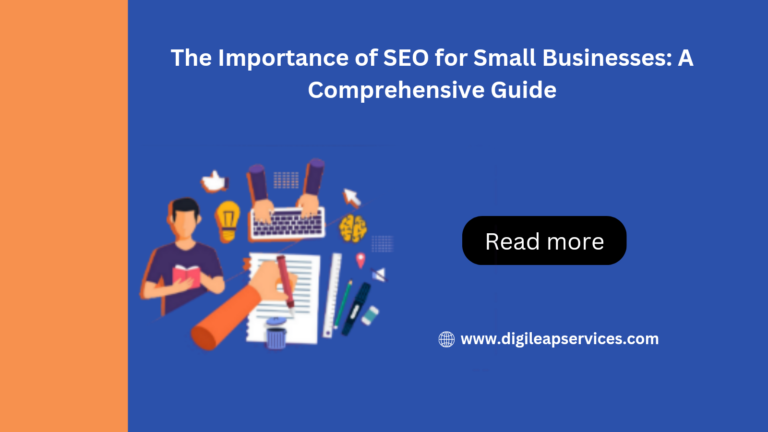How Google wants you to create meta description?
Meta descriptions are essential for search engine optimization. They will encourage users to click through search results pages if done appropriately. The objective is to provide a summary of the website. Meta descriptions are 160-character snippets that summarise the content of a web page. Search engines display these snippets in search results to inform users about the content of a page before they click on it. Meta descriptions are important as google algorism runs rank on meta descriptions for keywords. If you use meta descriptions correctly, you have the option of adding a meta tag that isn’t in your content.
If you create meta descriptions correctly, you have the option of adding a meta tag that isn’t in your content. Meta descriptions are useful:
- Increase your click-through rates, which will increase your conversions and revenues.
- Improve your indexing to appear higher on search engine results pages (SERPs).
- Allow users to find the material they’re seeking without checking page titles or meta tags.
By persuading people that the webpage has the information they seek, meta descriptions can increase clicks, traffic, possible conversions, and income. Google’s best practices for meta descriptions recommend utilizing the meta description tag to summarise the webpage content. However, it also recommends using it to persuade consumers that the material is what they’re looking for. SEO is to have the site appear toward the top of search results. The meta description is vital for SEO because it converts that top ranking into a win by convincing the user to navigate the webpage.
It has been regarded as a conventional SEO best practice to keep meta descriptions to a maximum of 160-165 characters or 156-160 characters. The idea for this is that it prevents the meta description from being truncated in search results. However, Google uses the meta description to comprehend the webpage better, and there is no restriction to the length of the meta description; however, Google recommends a maximum of a brief paragraph.
Meta descriptions, on the other hand, explain to searchers what your website is about and what information they may anticipate finding if they click. When a link is shared, meta descriptions may appear on social media platforms. A search engine may build a meta description for you if one needs to be added or you have written it outside the recommended guidelines. The issue is that it may not be as factual or captivating as the one you write yourself. That is why you must create your meta descriptions.
- Include CTA in your meta descriptions.
Including a call-to-action (CTA) in your meta descriptions is an excellent technique to entice users to visit your website. When consumers see it in the SERPs, you can utilize terms like “Learn More,” “Click Here,” or “Shop Now.” CTAs assist readers in understanding what the website offers and what to expect if they click. They can also incentivize users to click through and interact with your site. CTAs can be used to promote a product, collect email addresses, or send visitors to your social media profiles.
- Consider the worth of your meta description.
Including terms that describe the value you provide is an excellent method to get folks to click. When someone reads a meta description, they should be able to grasp what is being offered and whether it is worthwhile to spend their time on it. When interacting with your information, use words like “learn,” “see,” or “watch.” Other words like “best,” “bargain,” “new,” and “popular” can also help your meta descriptions stand out.
- Meta Description A/B Testing
A meta description is an excellent way to test new keywords, phrases, or CTAs. This will allow you to determine what promotes greater engagement without making any permanent or drastic changes to your site’s appearance. You may A/B test your meta descriptions by writing two for each page. One meta description could contain multiple variations of a term, phrase, or call to action. The second meta description could be the same as your existing meta description or focus on a new offer or term. After running each meta for a few weeks, visit your Google Analytics to determine which version receives the most clicks. Then, when creating new meta descriptions, use that information.
- Play Around with Character Length
The length of meta descriptions is limited to 150 characters. If your meta is longer than this, it will be truncated in the search results, which means users will not view any content after the cut-off. Even though you cannot exceed the limit, you can experiment with your description to find what works best for each page. In-depth instructions, for example, may receive more clicks with reduced results because people want to learn more. Shorter meta descriptions may work well for your home page, whilst longer meta descriptions may work better for blogs. Alternatively, you may discover that longer meta descriptions work best for your recommended items page.
- Make your meta descriptions distinct and intriguing.
Because meta descriptions provide a summary of the material on a page, they are vital for catching users’ attention. Two ways to get their attention are using a clickbait title or posing a question that visitors want to be answered. Use words or phrases that will draw a user’s attention, such as “shocking,” “hilarious,” or “life-changing.” Just be wary of over-promising and under-delivering. As you can see in the example above, they use a dynamic voice that gives the reader a big push. You are told what to expect but are not given any unnecessary specifics. You’ll probably click on this link if you’re seeking a quick approach to improving your SEO.
Meta descriptions are an essential component of your onsite SEO. They should be descriptive, captivating, and specific to each page. Although meta descriptions are brief, they can help you rank higher in search engine results pages (SERPs) by giving search engines and users a better understanding of your page. Remember to create meta descriptions on your site’s pages, including blog entries and product pages.
For more such blogs visit www.digileapservices.com












